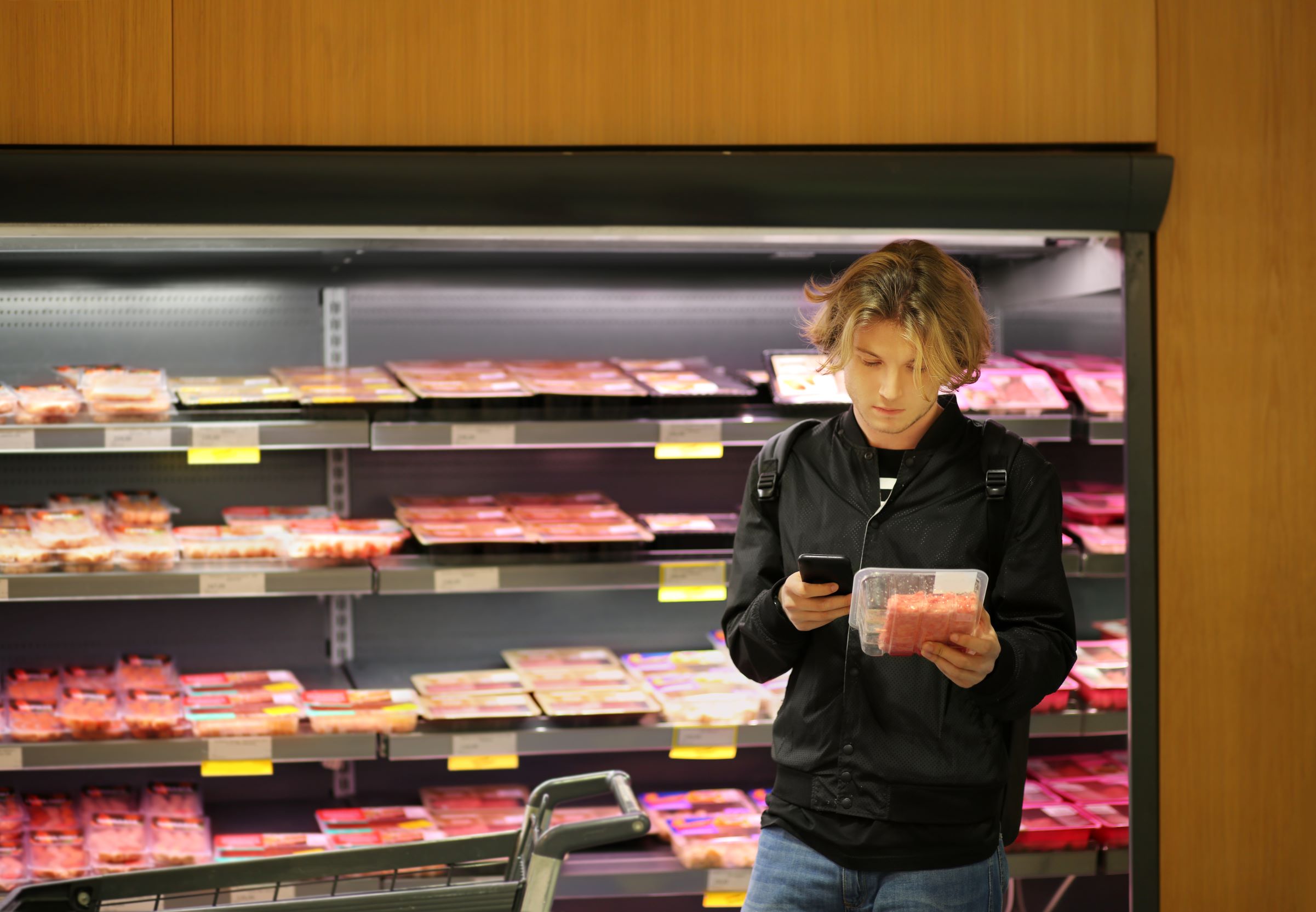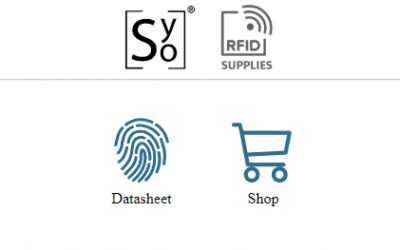RFID has been omnipresent at National Retail Federations (NRF) Big Show in New York this year (2019). Over the years we have seen a dramatic change from individual exhibitors and selected demos to a broad embrace of the technology as a core enabler for digital transformation in retail.
With the arrival of Amazon Go vision-based systems received much more attention and at NRF 2019 as well as the Consumer Electronics Show (CES) in Las Vegas we could also see a growing interest in vision-based solutions especially from FMCG manufacturers and retailers.
The capabilities of these systems are impressive and perfectly showcase the advancements in technology. Cameras distributed in the store or shelf are capable to track individual items and consumers, delivering a truly seamless shopping experience where pre-identified customers can simply walk out of the store and are automatically billed for the items purchased to their linked payment cards. Robots or drones use cameras to scan the aisles in a supermarket to identify products that are out-of-shelf and verify stock levels, enabling a higher grade of automation for store operations.
From the consumer goods industry perspective, these systems solve a major concern about implementing RFID; there is no need to tag individual items with RFID tags, avoiding the incremental cost associated with the product. Tag cost is a sensitive topic as the manufacturer of a product often would have to bear the cost but a significant share of benefits are derived downstream within logistics and store operations.
As exciting and impressive these camera-based systems and their sophisticated use of Machine Learning are, they miss some major opportunities for digital transformation.
Serialised data has some key benefits and I doubt that complex camera systems in combination with AI deployed in the store are truly cost competitive to an RFID based system that leverages the data across the value chain and enables end-to-end visibility and optimisation. I would love to see what Deep Learning and AI could achieve when used with an integrated RFID deployment. To make this a reality we will require cost sharing models where trading partners split the cost of tagging products while sharing the benefits across the value chain.
Efficient Replenishment
Efficient replenishment and shelf management require that the product is available in the store and is in stock. Picking errors and miss-shipments in the DC cause out-of-stock situations that take several days to resolve. From conversations with food retailers I know, that it is not uncommon that a product is put on the wrong truck, leaving one store short while causing significant waste in another one. Visual systems can improve on-shelf availability but they do not address issues along the supply chain and can’t efficiently eliminate out-of-stock situations in a store.
Recall Management
Management of product recalls requires retailers to know which stores have received the recalled product batch. This information is often not available and retailers pull the product in question of the shelf in all stores. This creates unnecessary out-of-shelf situations and lost sales. This can only efficiently be addressed full traceability across the value chain.
Compliance
Compliance is another key element to reduce wastage. Lack of visibility currently makes it impossible to monitor and verify FIFO compliance in distribution centres and stores.Code checks to ensure all products on-shelf are still within its expiry dates are labour extensive and prone to error. Especially for high-value items such as packaged meats and ready meals these dates need to be monitored on a daily basis to reduce waste and optimise replenishment cycles. RFID is the only technology that enables retailers to perform these checks without the need for line-of-sight.
Checkout
Customers expect a seamless shopping experience and the checkout is the last step in a long value chain. Vision based systems and RFID can both improve the check-out experience. RFID can provide loss prevention, protection from sweathearting and help to identify return fraud.
RFID offers the opportunity to optimise processes between trading partners and automate shipment verification and contract fulfilment as each unit has a unique, serialised identifier. This can be on the item, tray, case or pallet level.
Retailers and manufacturers can reduce cost and improve KPIs leveraging data and visibility across the value chain. Trading partners need to create better integration between demand planning, production, distribution and stock as well as sales data to remain competitive and cut cost.
Key benefits of RFID in food retail
Significant reduction of labour cost by up to 50% and waste reduction of up to 20%. Improved customer experience with frictionless checkout.

























